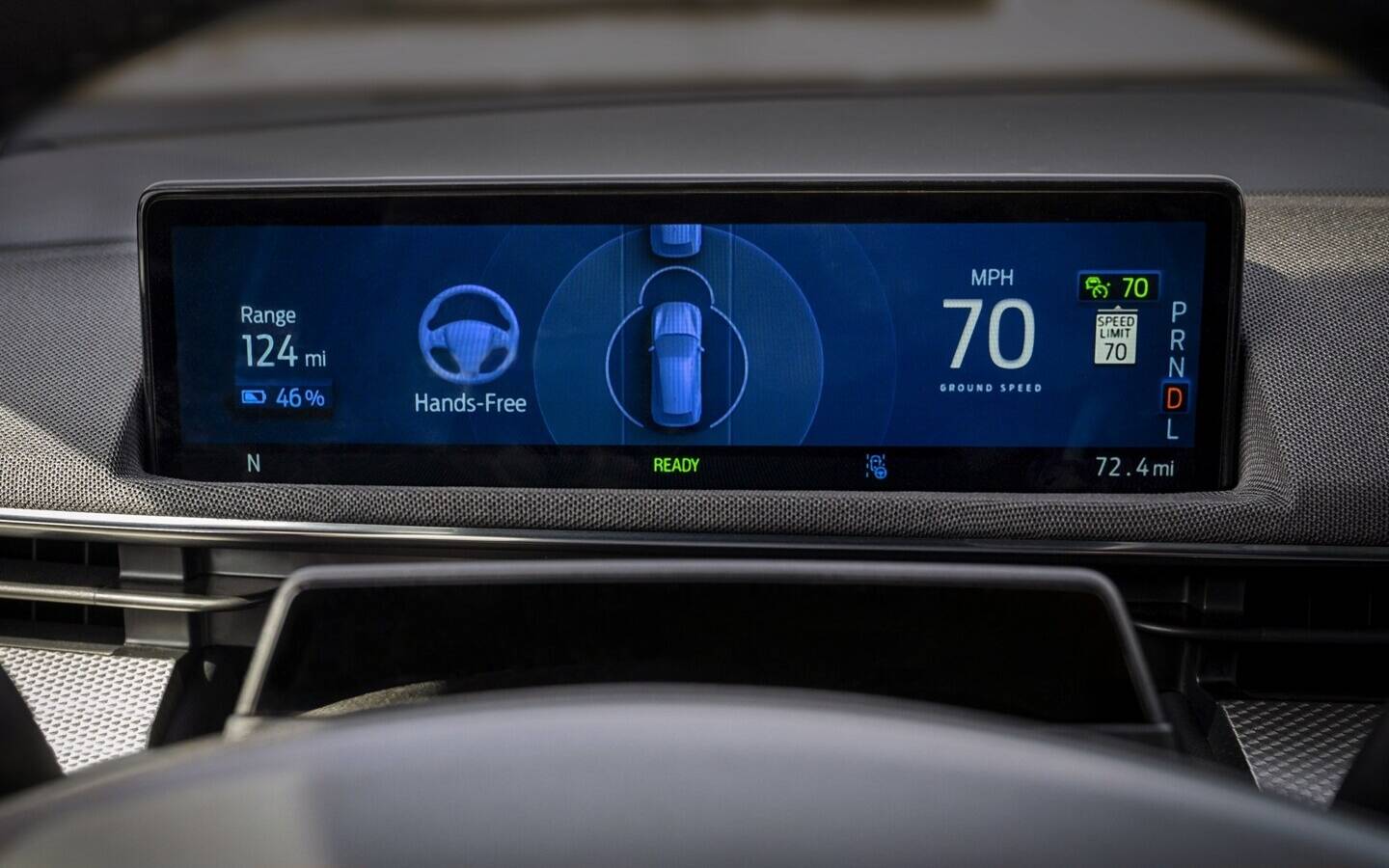Two Fatal Crashes Put Ford’s BlueCruise System Under Investigation
While Tesla’s Autopilot and so-called Full Self-Driving capability keep making headlines mostly for the wrong reasons, Ford’s own hands-free driving system—called BlueCruise—is far from perfect, either, and now has the attention of U.S. authorities.
The National Transportation Safety Board (NTSB) has opened an investigation following two fatal crashes where Mustang Mach-E SUVs collided with stationary vehicles.
- Also: Ford’s BlueCruise Leads Best Driver Assistance Systems in 2023
- Also: Ford’s Blue Cruise Unveiled as Hands-Free Driving Assist
One of them occurred in Texas on a February night with BlueCruise activated. The victim, unfortunately, was the driver of a Honda CR-V that was rear-ended by the Mustang Mach-E. For some reason, the CR-V was stopped in the middle lane of I-10 with the lights off. The weather was clear and the highway lighting was on, however.
A witness told the NTSB she managed to avoid the CR-V but later saw another vehicle strike the stopped Honda in her rear-view mirror.
The second fatal accident took place in Pennsylvania in early March, although it’s still not clear whether BlueCruise was engaged or not. A Mustang Mach-E hit two stationary vehicles on I-95 in the middle of the night, killing their drivers. The Associated Press reported that one of the victims may have been standing outside of their car.
The NTSB is working with Ford and the local police departments to help determine what exactly happened in both cases. The final report is expected to be released in a year, maybe more.

BlueCruise works in a wide range of conditions on compatible highways—similar to GM’s Super Cruise—and uses an infrared camera to make sure the person behind the wheel keeps their attention on the road. Versions 1.2 and 1.3 of BlueCruise are going a step further, enabling automatic lane changes and increasing the performance of the system on narrow lanes and curves, respectively.
Last year, Consumer Reports put a dozen automated driving systems to the test and found out that Ford’s was the most effective and the safest. On the other hand, the U.S Insurance Institute for Highway Safety (IIHS) posted much different results following its own evaluation last month. Only one system (Lexus) earned an acceptable rating, while eleven others were rated poor including BlueCruise.












